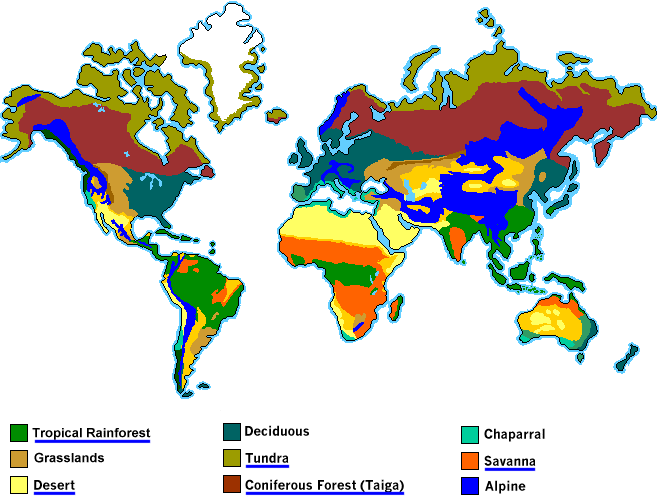We are studying celestial bodies in the classroom!.
We are learning many things about the Sun, the Moon, the stars and our blue planet: The Earth!
Teacher Patri brought a shinny globe to show us the Earth, and moreover, she brought the Sun, the moon and the Earth , all together!
What's the name of the continent that you can see on the globe in dark orange ?
YES, IT'S AFRIKA! WELL DONE!
And now...here you have a funny story about a man that lives on the moon!
We are also learning about the phases of the moon!
Here you have information about the four seasons. Pay attention to the accent of the man speaking...
Can you guess which country is he from?
And now...the ASTEROID GAME!
The asteroid game!
Happy Easter everyone!






































































